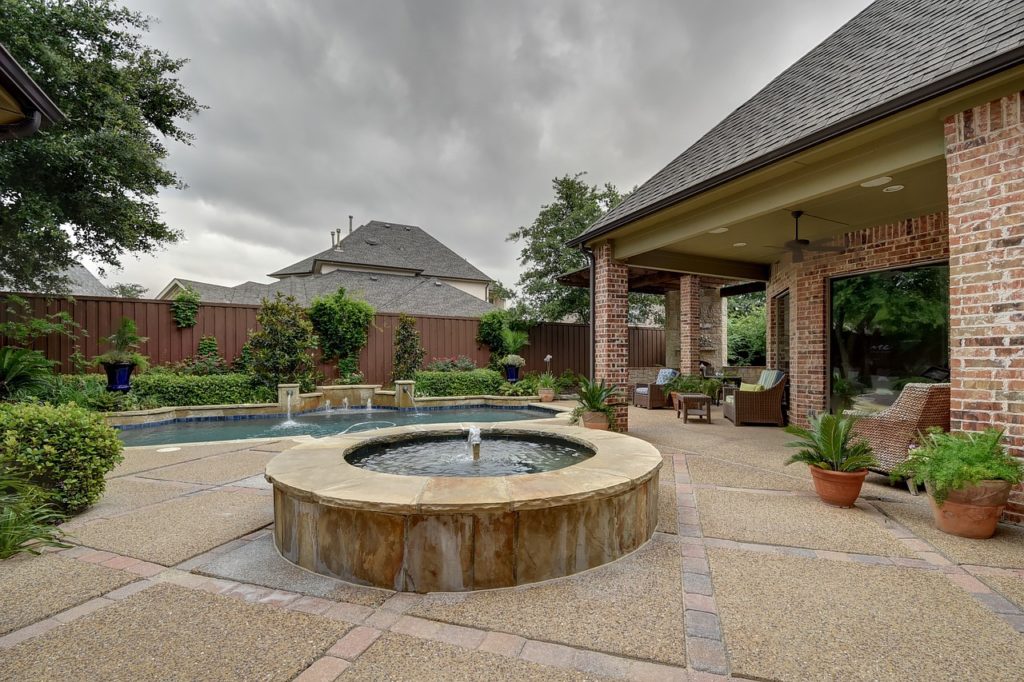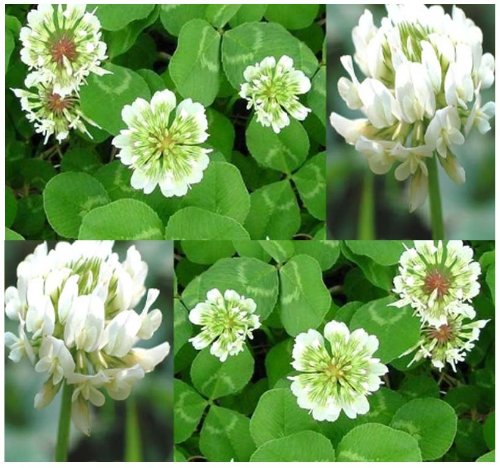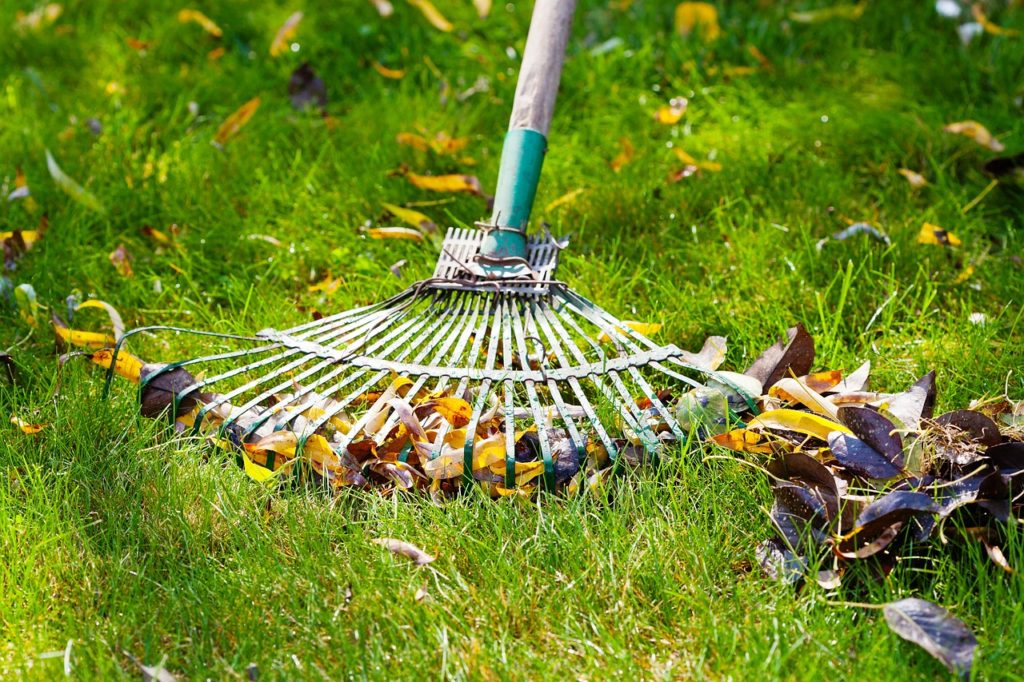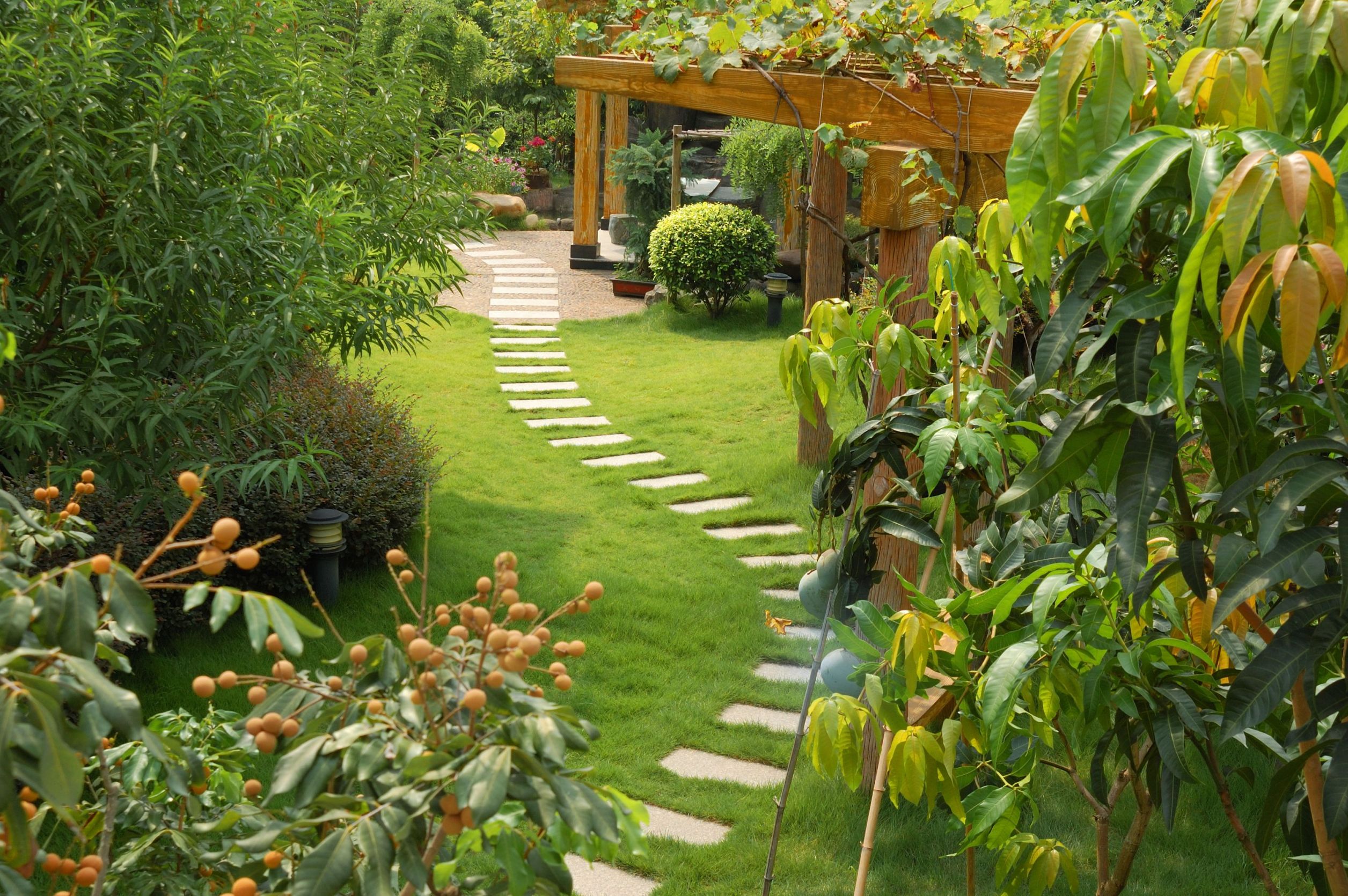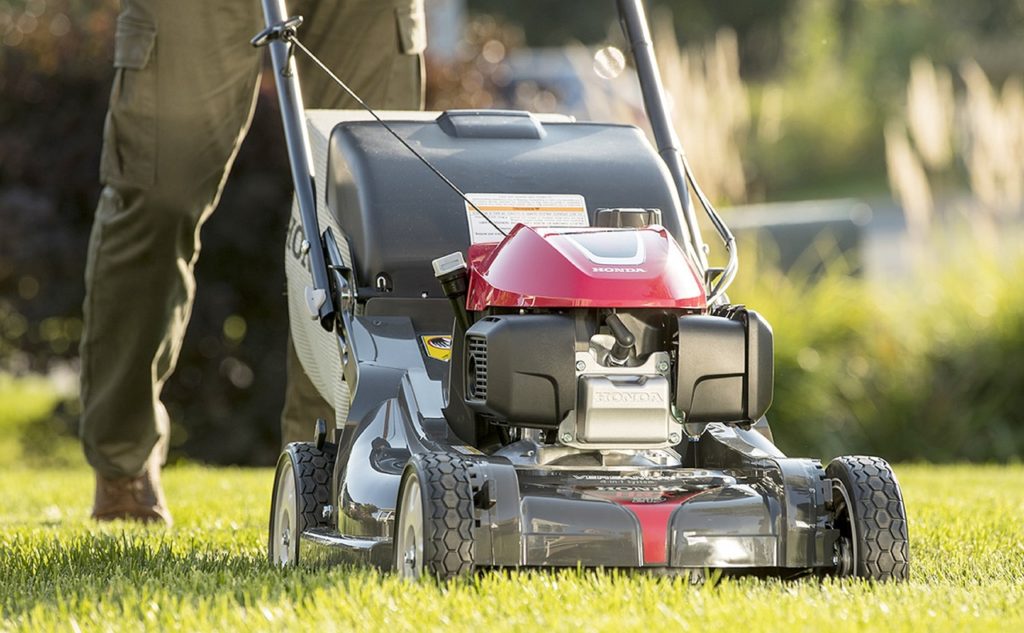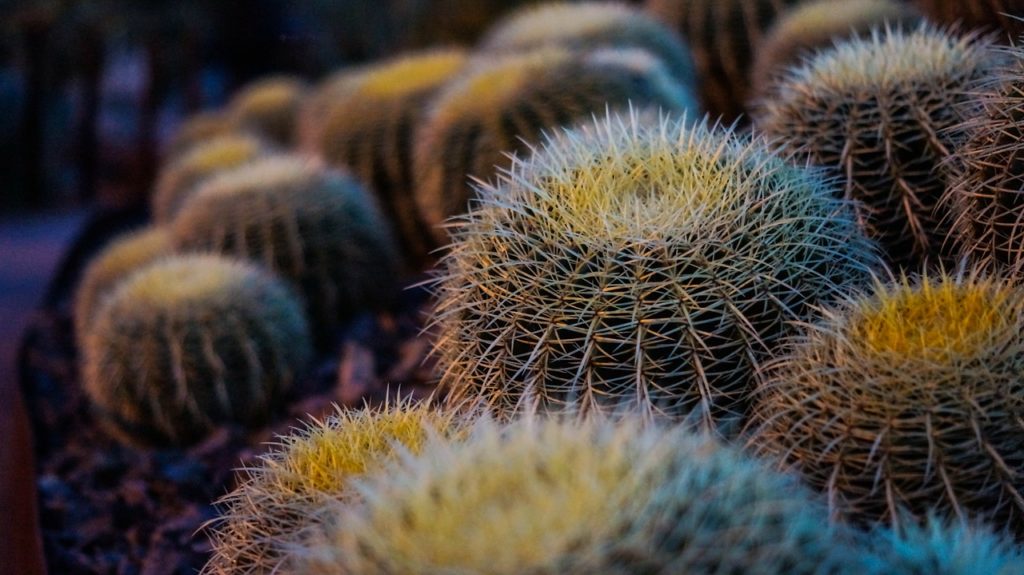
Traditional landscaping requires the use of a massive amount of resources, especially water. In fact, studies indicate that lawn care accounts for roughly a third of the water consumption of an ordinary American household. That is a significant number that needs to be considered, especially in times of drought.
Does that mean that you should forgo the idea of landscaping completely? According to a specialist in landscaping, residents might want to consider xeriscaping, which is essentially landscaping without the use of turf. Eliminating turf from landscaping can lead to more savings not just in terms of water and money, but also in terms of time and effort, of which traditional lawns need a lot.
But if you are eliminating turf from the equation, how can you make the landscape look interesting? Are there substitutes for turf that you can use? One option you can look into is incorporating more hardscapes on your landscape.
These can mean a lot of things like driveways and pathways, retention and privacy walls, patios, decks, water fountains, fire pits, and more. Replacing grass with these hardscapes means you can cut back on your use of water. Additionally, you do not have to perform much yard work compared to maintaining a conventional lawn.
Using hardscapes, however, does not mean that you should avoid using plants entirely. It does mean that plants should be placed more thoughtfully on the landscape. You will also want to choose specific types of plants that are drought-resistant and therefore require little water and that are low-maintenance.
For example, one substitute for turf that you may want to consider using on your property is white clover. White clover has been traditionally viewed as a weed. However, according to landscaping experts, this plant offers a few unique advantages over conventional turf grass species.
For one, white clover does not require much watering. Second, it remains green and fresh from spring to fall. During summer, your lawn will be transformed into a green and white carpet when the flowers bloom. White clover is also quite resilient to heat and does not require fertilizers as it has the ability to get its nitrogen requirement from the air. It is also immune to some of the pests and weeds that often attack turf grasses.
Finally, you can consider adding more native plants to your landscape. Using native species allows you to save more time and effort because you are using plants that are suitable for the local climate. Plus, these plants do not require as much care, water, and fertilizers.
About the Author: Kenneth Lawrence’s craft involves DIY concepts. Also, he values the importance of getting expert help whenever necessary. He visits sites like http://www.shannonlandscaping.com/. He shares guidelines and tips about home improvement.
Start Shopping for Gardening Supplies!
Top Tips When Looking For The Best Landscaping Services
Owning a beautiful and well-furnished home is among the most important considerations that everyone aspires to achieve. It is certain that getting expert landscaping services can prove a challenge because most of those self-proclaimed experts fail to deliver what is...
A Simple Stepping Stone Path: An Easy DIY Project
A garden path functions as a surface to walk on but also as a thing of beauty. Not only are they beautiful themselves but they add beauty to your garden or patio. Luckily the easiest path to create is one of the best looking. A simple stepping stone path is so...
How to Hire Landscaping Services
When someone is looking for a new home, one of the first things they will see is the exterior of the home. Proper landscaping can significantly boost your property value. Most homeowners can handle the basic maintenance of a landscaped yard, but getting to that point...
